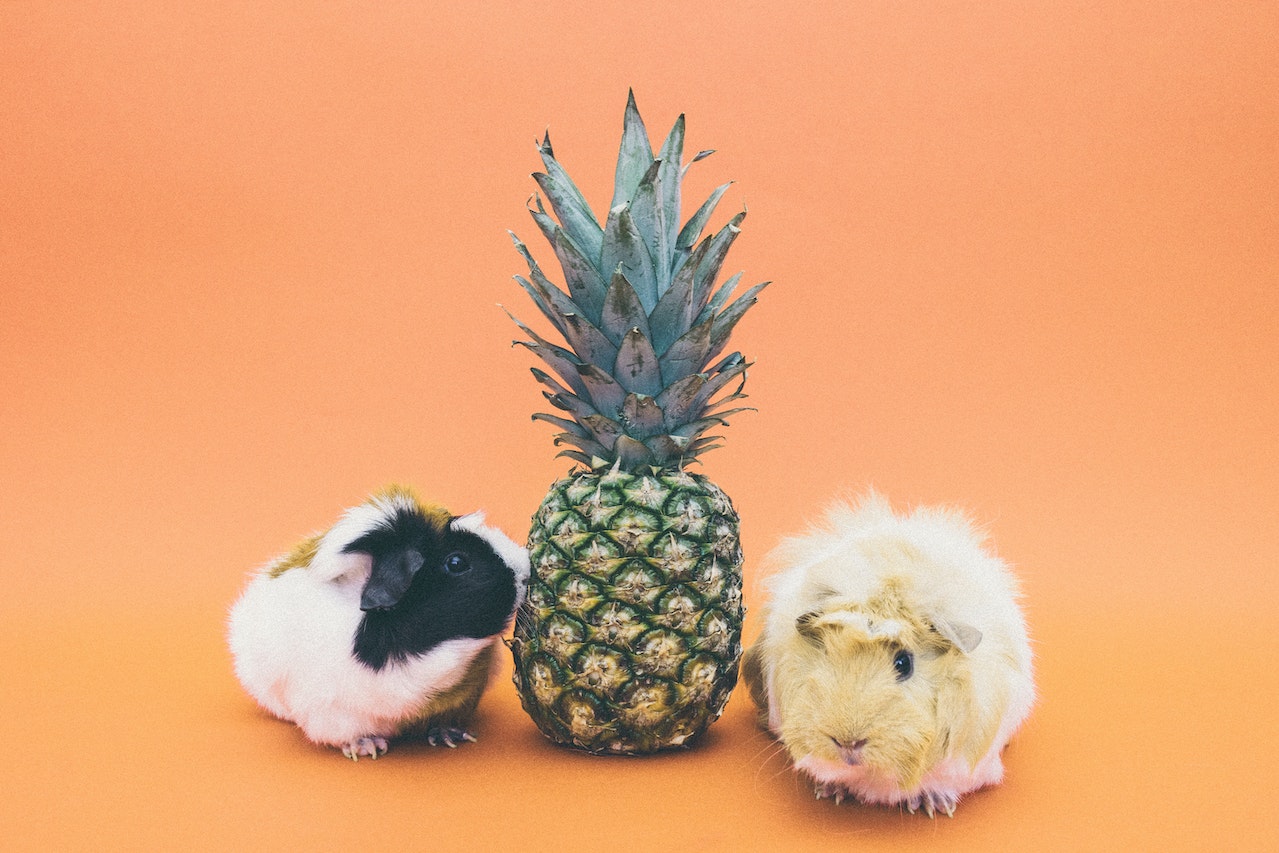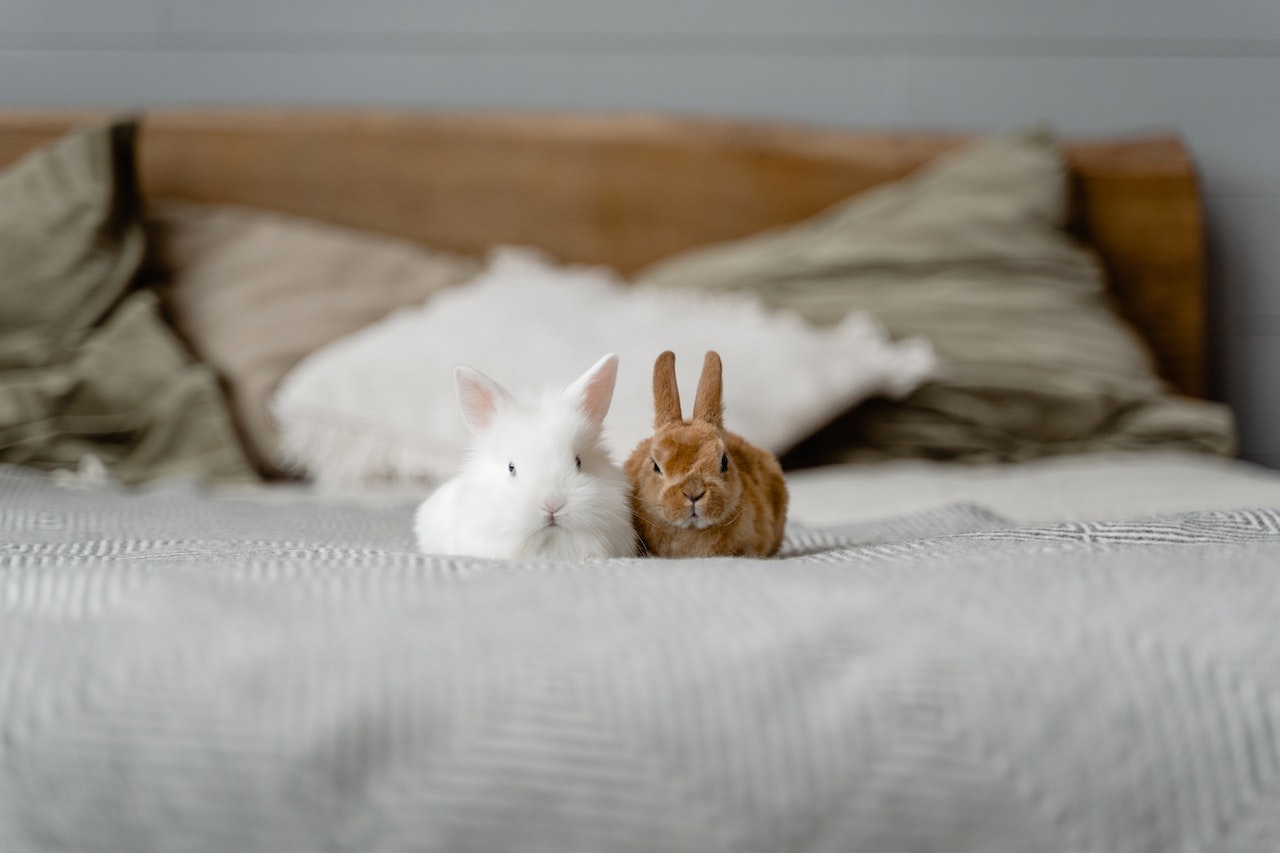When I first ventured into the world of miniature pets, I was amazed at how these tiny creatures could bring such immense joy and companionship into my life. Imagine a little hamster brimming with boundless energy as it scurries around its cage or a curious hedgehog exploring the world with wide-eyed wonder. Their charm was undeniable, but I quickly realized that great joy comes with responsibility.
Caring for small pets is not just a duty; it’s a profoundly rewarding journey. In this comprehensive guide, we’ll dive headfirst into the enchanting realm of miniature pets, covering everything from selecting the perfect companion for your lifestyle to creating the ideal habitat, ensuring their nutritional needs are met, and maintaining their health and happiness.
Choosing the Right Miniature Pet
Selecting the ideal miniature pet was a pivotal decision for me. Considering factors like size, temperament, and care requirements became essential. Whether you’re a busy professional or have more time for an affectionate companion, this guide will help you make the perfect choice.
As someone with a hectic schedule, I found that a low-maintenance pet like a hamster fit me. However, I couldn’t help but be intrigued by guinea pigs when I had more time to spare. I even discovered a valuable resource for making guinea pig ownership more convenient and environmentally friendly. Reusable guinea pig cage liners have gained popularity among pet owners, offering an eco-friendly and cost-effective solution to traditional bedding. If you’re curious about how long these reusable cage liners can last and their benefits, check out this informative article on “how long reusable guinea pig cage liners last.“
A Variety of Miniature Pets
The world of miniature pets is as diverse as it is delightful. From the playful hamsters and gerbils to the amicable guinea pigs and the intriguing hedgehogs, there’s a tiny pet to match nearly any personality and lifestyle. Each type brings unique characteristics, quirks, and charm to the table.
For me, it was impossible to resist the charm of hamsters. These pint-sized rodents are known for their boundless energy and cute habit of storing food in their round cheeks. Interestingly, they prefer a solitary life, which gives them remarkable independence.
On the other hand, gerbils caught my attention with their social nature. Watching them in pairs or small groups, their curiosity and activity were genuinely fascinating.
Guinea pigs, with their gentle and friendly demeanor, stole my heart with their expressive personalities. I couldn’t help but be charmed by their vocalizations and the strong bonds they formed with their owners.
And then there were hedgehogs, with their spiky exteriors, which initially seemed intimidating. But with proper socialization, I discovered they could be friendly and enjoy interaction.
Creating the Perfect Habitat
Creating a comfortable living space for my miniature pets was paramount. This section explores the significance of selecting the proper enclosure, providing suitable bedding, and introducing essential accessories for comfort and safety.
The size and type of enclosure depended on the pet I chose. Hamsters and gerbils thrived in glass or plastic habitats with secure lids, while guinea pigs needed spacious cages with room to explore.
Bedding materials were another essential consideration. Opting for aspen shavings or paper-based bedding ensured a clean and cozy environment, a top priority for my pets’ well-being.
I enriched my pets’ habitat with exercise wheels, tunnels, hideouts, and chew toys. These additions stimulated their minds and bodies and provided hours of entertainment.
Nutrition and Feeding
Understanding the dietary needs of my miniature pets became crucial. This section delves into the specific nutritional requirements of different small pets, offering guidance on selecting appropriate foods and highlighting common dietary mistakes to avoid.
Feeding hamsters high-quality pellets, fresh vegetables, and occasional treats like fruits or mealworms became a delightful routine. I always ensured they had access to fresh water.
Gerbils, as herbivores, enjoyed gerbil pellets, fresh hay, and small amounts of fresh vegetables and fruits.
My guinea pigs’ diet revolved around vitamin C-rich foods, and I provided high-quality pellets, various fresh vegetables, and hay. Steering clear of sugary or starchy foods was essential for their well-being.
Hedgehogs, with their specialized dietary needs, require specially formulated hedgehog food and live or canned insects. Consulting a veterinarian for nutritional recommendations became an essential part of their care.
Health and Well-Being
Regular veterinary care was a cornerstone of my responsible pet ownership. In this section, we’ll explore common health issues that miniature pets may encounter, help you recognize signs of illness, and provide tips for maintaining their overall well-being.
Scheduling regular check-ups with a veterinarian experienced in small pet care was a non-negotiable. These visits often helped identify health issues early, ensuring my pets received vaccinations.
I became well-acquainted with common health problems associated with my chosen pets. For instance, hamsters could suffer from respiratory infections, and guinea pigs were prone to dental issues. Regularly inspecting my pets for signs of illness, such as lethargy, loss of appetite, or changes in behavior, became a routine I couldn’t skip.
Maintaining cleanliness in my pets’ habitat was another crucial aspect. Daily waste removal, regular bedding changes, and cleaning of their water and food dishes were practices that reduced the risk of infections.
Socialization and Enrichment
Just like larger pets, miniature pets thrived on mental stimulation and social interaction. This section introduced various ways to play, bond, and engage with my tiny friends. It recommended safe toys and activities to keep their minds and bodies active.
Dedicating daily time for interaction and play with my miniature pets became a cherished ritual. Hamsters loved their exercise wheels, and guinea pigs relished lap time and gentle petting.
For some of my pets, like guinea pigs, having a companion of the same species was beneficial. Ensuring compatibility and introducing them gradually to avoid stress became essential considerations.
I provided a variety of toys, tunnels, and puzzles to keep my pets mentally engaged. Regularly rotating their toys became a creative way to prevent boredom.
Grooming and Hygiene
Proper grooming and hygiene practices were essential for my pets’ health. In this section, we addressed the specific grooming needs of various types and provided tips on cleanliness, nail trimming, and dental care.
Grooming requirements varied depending on the pet. For instance, guinea pigs needed occasional brushing to prevent the matting of their long fur, while hedgehogs benefitted from warm-water baths to clean their quills.
Regularly checking and trimming my pets’ nails was a task I needed to pay attention to, as overgrowth could cause discomfort or injury.
Some of my miniature pets, like guinea pigs, had continuously growing teeth that required proper wear. Providing chew toys and monitoring their dental health was integral to their care.
Safety Measures
While small pets were undoubtedly adorable, they could also be vulnerable to hazards in my home. Learning about potential risks and how to pet-proof my living space became essential. This section emphasized the importance of supervision and secure enclosures to protect my miniature pets.
I thoroughly assessed my home to identify potential dangers, such as electrical cords, toxic plants, or small objects that could be ingested. Keeping these hazards out of reach and employing pet-proofing measures like cord protectors and safety gates became second nature.
Whenever my miniature pets were out of their enclosures for playtime, I supervised them diligently. This ensured they didn’t get into trouble or accidentally escape.
Investing in secure cages or enclosures was a must to prevent escapes and protect my pets from potential predators, including other household pets.
Conclusion
Caring for miniature pets had become a journey filled with joys, challenges, and a deep sense of love. In conclusion, I couldn’t stress enough the importance of responsible ownership. By providing the best possible care for these small wonders, I not only experienced the remarkable rewards of their companionship but also continued to learn and grow together. Although they may be small in stature, the impact of miniature pets on our lives is nothing short of immeasurable.”




